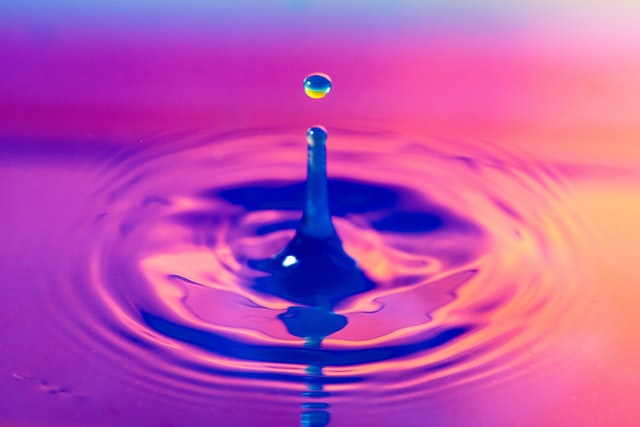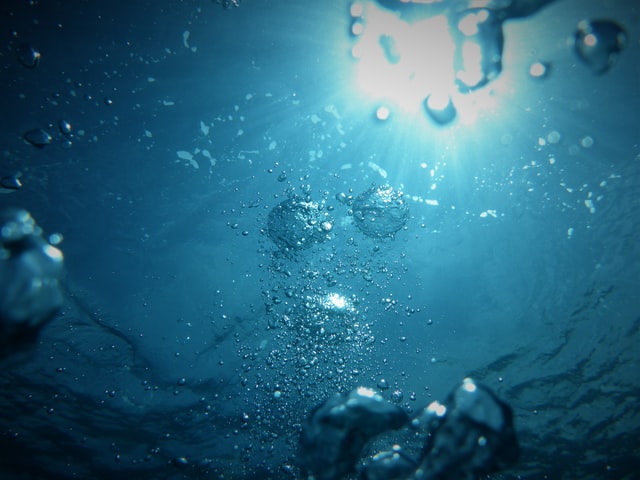Distilled water is water that is free, by distillation, of mineral salts and most other pollutants. It contains dissolved gases (mainly carbon dioxide, also oxygen and nitrogen) and pollution by volatile organic substances. It is used in batteries (as an electrolyte diluent), in steam irons, in chemical analysis, in medicines and wherever high purity of the solution is required. Can distilling water remove fluoride?
Most of the fluorine that is added to city water is an unnatural form of fluorine that contains sodium. It is over 80 times more toxic than naturally occurring calcium fluoride. Material data safety sheets (MSDS) for sodium fluoride shows an indicator, lethal dose LD-50, killing 50% of the rat population is 52mg / kg. (Fluoride is used as rat poison.) Lethal doses of LD-50 for calcium fluoride are 4250 mg / kg – less toxic than table salt.
Fluorine ion (F-) is extremely reactive and strongly attracted to calcium. Preferences for calcium outweigh attraction to other ions. In nature, fluorine is most often associated with calcium. When fluoride is added to water as sodium fluoride, it is only a matter of time before sodium is exchanged for calcium. When sodium fluoride is ingested, it quickly robs the body of calcium. In fact, sodium fluoride poisoning begins when calcium is stolen from the blood.

How do you get rid of fluoride from water?
Once you are aware of the negative effects of fluoride on health – and especially when you live in an area where the water is fluoridated – you must decide what to do about it. The matter is complicated because fluoride is absorbed through the skin and by inhalation.
In addition, fluorine is difficult to remove from water. Most water filters and their companies bypass this topic. When you buy a water filter, you may be convinced that the system you have chosen removes 95 to 99% of the impurities, but unless it specifically specifies that it removes fluoride, you can be sure it does not remove. Fluorine is a very small ion (atomic number 9). It cannot be “filtered” out of water. Currently, fluoride removal is limited to four main methods. Among them is distillation
Distillation
Distillation is able to remove almost everything (except volatile components) from water. If you have a distiller, you can get rid of fluoride. The obvious downside of distillation is that this process takes time and consumes energy. Distillation also leaves water empty and lifeless. If you use distilled water, you need to add minerals (salt) back to the water.
Osmosis
Another method is reverse osmosis, which is based on the pressure and semi-permeability of the membrane in removing impurities from water. This process removes 90 to 95% of fluorine (depending on system performance and maintenance). Contaminants are caught by the membrane and rinsed in waste water. The process requires 7 to 15 liters of water to produce 5 liters of purified water (depending on water quality and system performance) Very contaminated source water (including hard water) can reduce reverse osmosis performance and can shorten membrane life.













